Since most lower voltage zener diodes operate at 5ma and require a resistor to provide it, what happens when you add a small resistance load across the zener and there is no longer 5ma for the zener to keep the voltage regulated ? In other words, how can it work as a regulator for a low resistance load ? How would you do this ? Thank you.
3 Answers
In order for the Zener diode to function it requires a specified current per the datasheet. Frequently for small devices as you say this is of the order of a few mA. If the Zener current is reduced below this threshold by for example a low impedance load the regulation will not work.
The practical solution to this is to isolate the Zener current from the load current e.g. with a simple emitter follower arrangement where the only a fraction of the load current is drawn from the Zener setup.
- 1,476
- 9
- 12
-
Thank you for your thoughtful reply, A emitter follower is required for isolation from affecting the zener voltage. – TeddyG Sep 23 '20 at 01:33
Higher voltage zeners maintain a fairly constant voltage down to very low currents.
Low voltage zeners (below about 5V down the 2 or 3V minimum) increasingly suffer from voltage drop as the current drops.
Of course if the load is too low in proportion to the series resistor to maintain the voltage at all, the voltage will drop regardless of the type or presence of the zener. The zener can only steal current away from the load, it is not a battery that can supply current. See the below graphs from this datasheet (by the way the curves appear to be copied directly from a Motorola datasheet):
As you can see for Vz > 5V the curves are almost flat down to 10uA but lower voltage zeners have curves that are very dependent on voltage, more like a perfect zener with a relatively large value resistor in series. Hence, they're often useless in practical situations. At no current is the curve very flat so they're crummy at regulating, and they have a large leakage even at a fraction of the stated Vz, so they're not good at clamping.
Something like the TL431 (a bipolar integrated circuit) will maintain a very constant voltage of 2.5V (or greater, depending on the resistors you add) for currents from 1mA to 100mA. Lower current (100uA) and voltage (1.25V) similar parts are available.
- 376,485
- 21
- 320
- 842
-
Thank you for your thoughtful reply, A emitter follower is required for isolation from affecting the zener voltage. – TeddyG Sep 23 '20 at 01:29
I will try to give a more conceptual answer to the OP's question.
In the simple Zener diode voltage stabilizer, the regulating element (diode) is connected in parallel to the load. This configuration is not effective when the load has low resistance: it is hard to divert the current flowing through low resistance by shunting it with low resistance; there are power losses in two elements (resistor and diode).
In the Zener diode voltage stabilizer buffered by an emitter follower, the regulating element (transistor) is connected in series to the load. This configuration is more effective when the load has low resistance: it is easy to change the voltage across low resistance by lowering the series resistance; there is power loss in one element (transistor).
- 13,593
- 1
- 17
- 48
-
Thank you for your thoughtful reply, A emitter follower is required for isolation from affecting the zener voltage. – TeddyG Sep 23 '20 at 01:33
